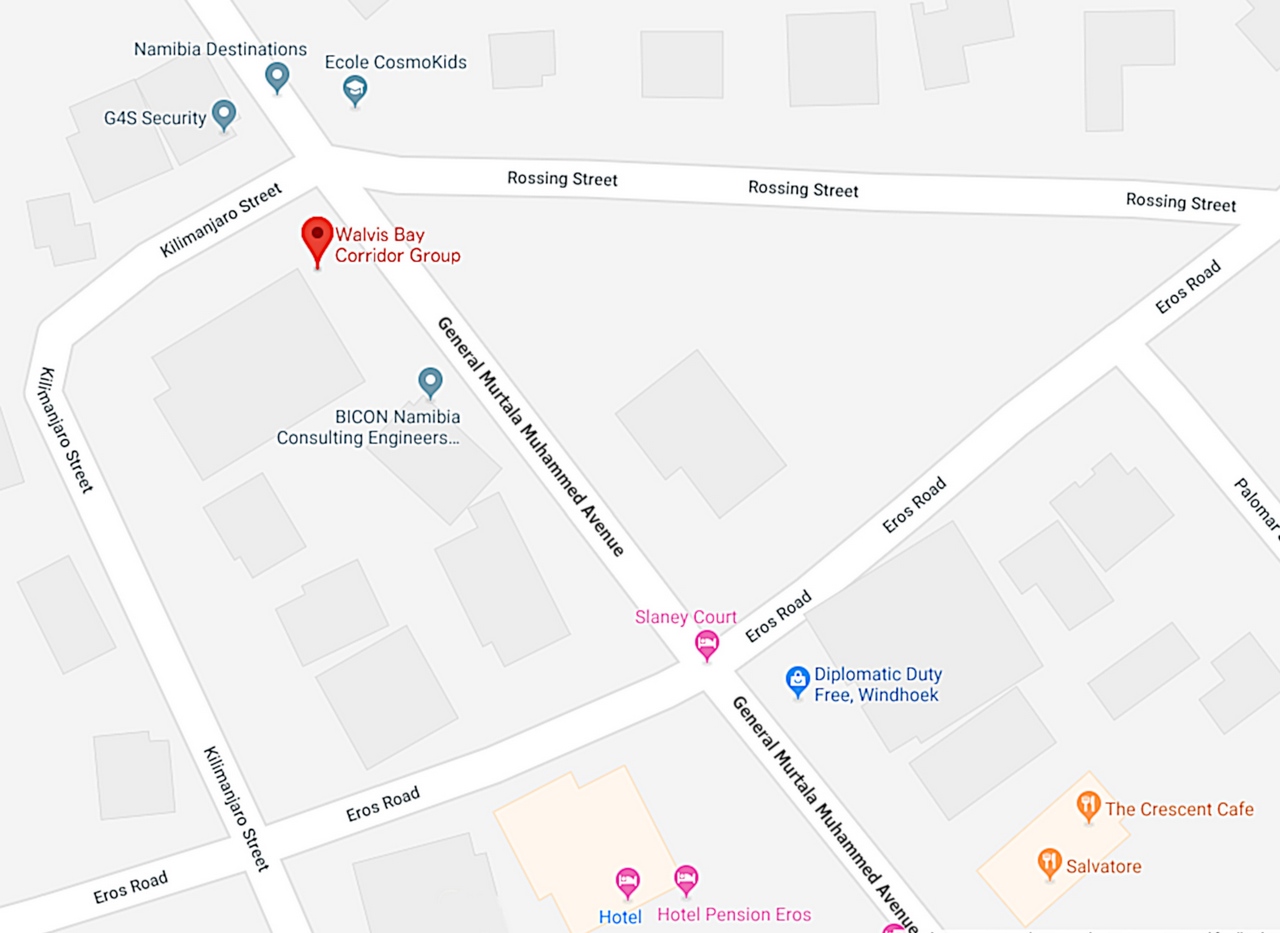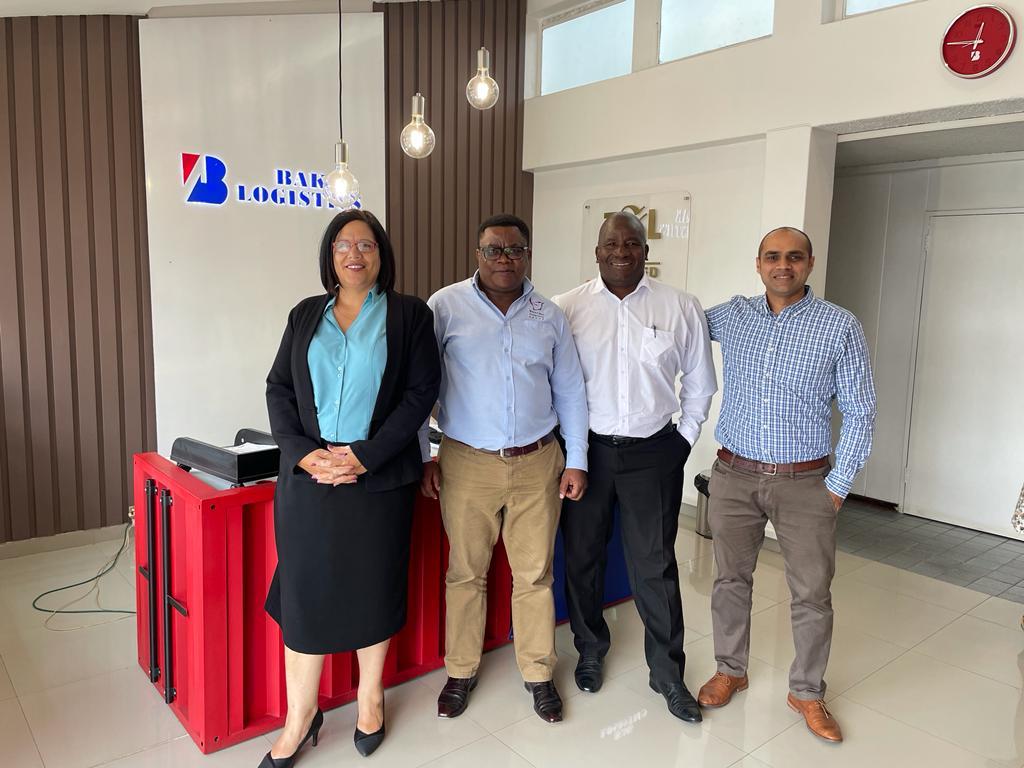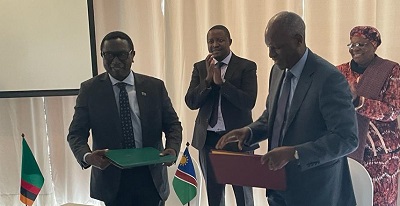RFA views in on Namibia Logistics Hub
Posted: 6 Dec 2019
“The Walvis Bay Corridor Group’s (WBCG) role of attracting traffic volumes onto our corridors relates into a big part of our strategy”, says Mr. Namene Kalili, Road Fund Administration’s (RFA) Executive for Programme Management, Policy and Advice.
According to him, foreign trucks on the Namibian roads will minimise mass distance charges (MDC’s), which accumulates to almost N$200 000 per person, per year.
Speaking to WBCG’s Communications Department, Mr. Kalili stated that Namibia has a very small population and a very small vehicle population. With a road network that measures about 48 000km and with only about 390 000 vehicles registered in Namibia, the cost per vehicle is high to maintain for such a big road network.
“On a per capita basis, Namibia has got the seventh highest kilometer of roads per person in the world; we have more roads per person than most European countries. The United States is the only major economy that has more roads per person than us. This makes it very expensive for the Namibian road users so we have to bring in foreign vehicles and trucks so that the road user charges (RUC) will be spread over a much larger base”, he stated.
Citing that their actions are intensely driven to act in the best interest of the Namibia road user, Mr. Kalili stated that they are trying to support the volume growth as much as possible to avoid continuously drawing from the small base.
He stated that they are also busy at a country level to look at the costs of RUC’s along the corridors to allow for competitive corridors in terms of cost and time to further attract more cargo. “Proximity to a road network increases your income quite substantially. So the question is how do you bring traffic onto the road to increase the wealth for those along the roads?”
According to Mr. Kalili, foreign trucks pay about N$40 million a year to use our roads and during their financial period of April 2018 to March 2019, RFA recorded an increase in revenue from about N$28 million to about N$41 million from the foreign trucks that are using the Namibian roads
This he attributes to the efforts of WBCG and maintains that once you have the right volumes, you can build roads to the right standard. “This is where you get the money from for upgrades. The foreign vehicle component is crucial as we cannot maintain this road network with the current vehicle population in Namibia”.
Referencing Namibia’s logistics hub aspirations, Mr. Kalili is of the opinion that it is something RFA can positively contribute towards. “We just need to align and make sure that our charges and policies are friendly to foreign trucks.”
The RFA is also involved in the discussion surrounding TransNamib’s road to rail strategy. As a result of the damage to roads by the trucks, to reduce the maintenance cost the cargo needs to be shifted from road to rail. However, once the truck’s contribution to road maintenance is reduced, the revenue aspect shrinks.
Resultantly, Mr. Kalili stated, the strategy being looked at now is to introduce a rail fund, which will run similarly to RFA, but will maintain the rail network. “Now you just pay kilometer usage fee for the rail and this can create opportunities for private sector involvement as well. A lot more cargo will go onto the railway line and the funding would maintain it”.








